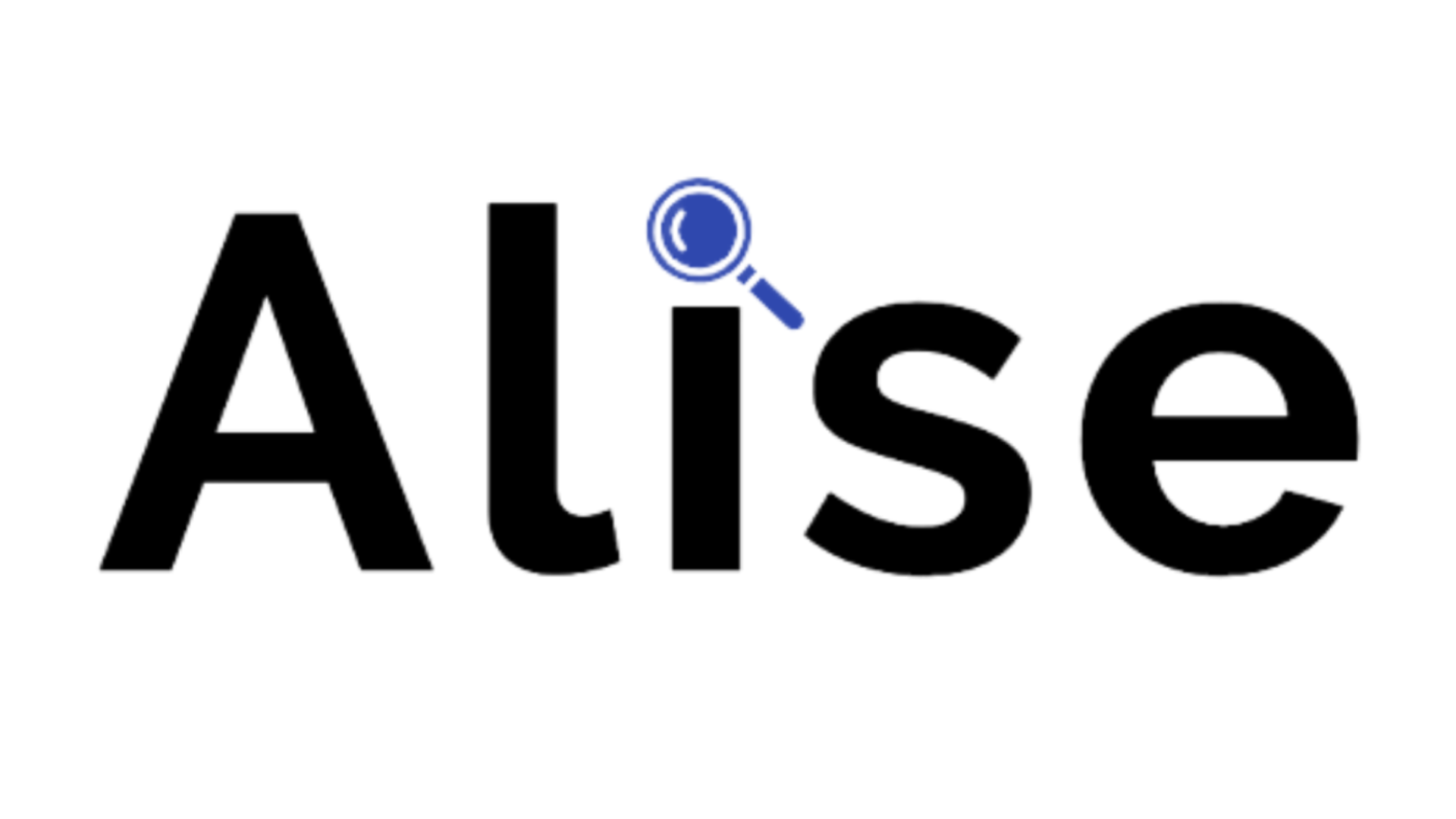
With digitalization, organizations now have incredible capabilities for data collection. However, many still struggle to process this data effectively, resulting in wasted resources—up to 30%, according to studies.
AL!SE was developed to fill this gap by providing a structured approach that optimizes data processing, storage, and distribution, leading to more efficient workflows.
The Smart Semantic Processing Engine
AL!SE is an advanced semantic framework built on years of research and business experience in semantic web technologies. It is specifically designed for efficient data processing within enterprise information systems. By leveraging the Resource Description Framework (RDF), AL!SE enhances data identification, processing, and distribution. Key capabilities of AL!SE include:
Precise data identification, storage, and search.
Conversion of raw data into meaningful information.
Strategic distribution of relevant information.
By adopting semantic technologies, AL!SE caters to the unique needs of various closed information systems.
How AL!SE works
AL!SE organizes data into a structured system, creating meaningful connections beyond just data arrangement. It links data with metadata, which is extra information that explains each data piece’s role and relationship to others.
This enriches simple files, transforming them into “siles,” or context-enriched files. This way, isolated data points become actionable information.
The Transformation Process:
AL!SE employs a structural framework to integrate existing data into a metadata reference system through:
Classifications
The basis of the semantic structuring already exists in the form of the semantic framework:
It only has to be adapted to the respective requirements of the information system (i.e. type of data storage, data structure, data distribution).
This is done through an individual adaptation of the semantic spelling.
In terms of grammar, orthography means the sum of the rules for making meaningful statements from data.
The big advantage here:
Since the structure only needs
to be adapted and not specially programmed.
Attributes
The development and implementation of the semantic framework can be realized with only a fraction of the otherwise necessary resources (time, energy, costs) compared to conventional solutions.
Connections
The linguistic origin of the semantic term is particularly clear in the type of semantic data links.
This is because these are syntactically formed in the form of subject-predicate-object constructions.
Individual characters (= files)
are thus set in a certain relationship (= predicate) to one another through the orthography (= syntactic law of formation) and thus form a meaningful statement.
This flexible framework requires minimal adjustments for integration into existing systems, significantly reducing development resources.
How Data Becomes Meaningful Statements
In computer science, data relationships can be visualized using subject-predicate-object constructions, similar to graphs. For example, one file (subject) is linked to another (object) through a defined relationship (predicate). Together, they form statements like “The man lives in the house.”
These individual data points can be further detailed with attributes or connected to other elements to create more complex statements, such as “The little man lives in the blue house that is in the city.” By establishing logical links, data gains the ability to convey meaningful information.
In complex systems, this semantic framework results in multi-dimensional structures that reflect human language and thought processes. It bridges semantic technology and artificial intelligence, providing a user-friendly interface between logical systems and natural language. This foundation supports effective data searching, filtering, and distribution.
Core Components of AL!SE
AL!SE comprises of individual modular components that can be combined in various ways based on specific needs. Each component is fully operational and requires only minor adjustments for use.

The core of Alise
The core of AL!SE is LETO, a semantic server that has a clear structure for organizing data. This structure includes classifications, attributes, and links.
Because of this setup, LETO allows users to create specialized data models, which help organize and store information meaningfully. Essentially, LETO acts as a framework that works as an application within specific information systems.

The interface layer of our semantic data model.
AGLAIA sits on top of LETO and serves as the interface for the semantic data framework. It acts like a translator, allowing LETO to communicate effectively with other parts of the system, including other servers and clients.

A component within LETO handling advanced communication.
HEPHAISTOS is a component of LETO that adds another layer of communication between LETO and AGLAIA. It allows for natural language recognition, which means you can ask questions in plain language as a search assistant.
HEPHAISTOS also helps with semantic text analysis, breaking down texts into their individual parts to understand their meaning.

Our data synchronization service.
CHARON is a service component that helps keep data in sync. It independently compares data between LETO and specific clients, ensuring everything matches. This function can be seen in information systems, such as through automated upgrades.
Flexible Distribution Options
AL!SE is designed cloud-ready to connect with various mobile and web-based clients, supporting app integrations and the ability to link multiple clients through interconnected peer servers. With numerous built-in interfaces, AL!SE accommodates diverse distribution formats, including data protection measures and customized access rights like licensed subscription models. Its open design and full-stack Java programming ensure compatibility with all major operating systems (Windows, Linux, iOS, docker, kubernetes etc.) and flexible user interfaces.
A Tailored Solution for Diverse Needs
AL!SE has been successfully implemented across various industries, adapting to different contexts, requirements, and objectives. The advantages of this modular semantic framework lie in its high adaptability, particularly in:
- Systemic and functional composition
- Specifically defined distribution structures
- Connections to operating systems and user interfaces

